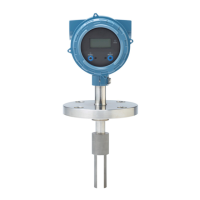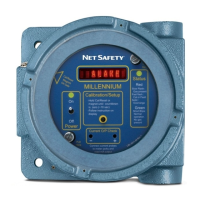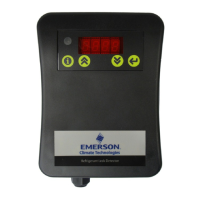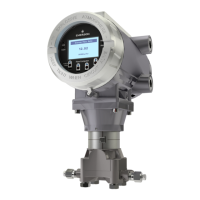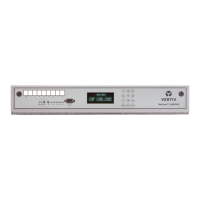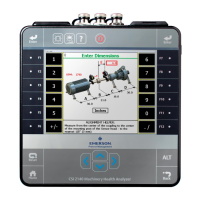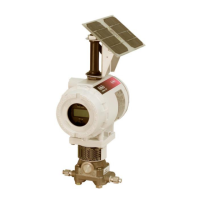Procedure
1. Check for a leak from the reference chamber to the atmosphere.
This can cause low density readings.
a. Observe the reference chamber pressure reading. If this leak is present, the
reference chamber pressure will be low.
b. Apply a soap solution around the reference chamber valve and the fitting into
the reference chamber.
c. Watch for bubbles.
If you find a leak, you may be able to plug it. If you cannot resolve the problem,
contact Micro Motion.
2. Check for a leaky diaphragm.
The diaphragm can allow leaks from the sample path into the reference chamber.
This produces high density readings.
a. Observe the reference chamber pressure reading. If this leak is present, the
reference chamber pressure will increase, and will eventually match line
pressure.
Contact Micro Motion.
3. Check for leaks in the pipework or fittings.
Leaks in the pipework or fittings will reduce input pressure. When the input pressure
is too low to create flow, the density reading will be low.
a. Apply a soap solution to all locations where you suspect leaking, including both
internal and external pipework.
b. Watch for bubbles.
If you find a leak, you may be able to plug it. If you cannot resolve the problem,
contact Micro Motion.
14.21
Check the coalescing filter
For accurate measurement, the coalescing filter must be clean and functional.
• Check the coalescing filter frequently for liquid or particulate contamination, and
replace as needed.
Frequency of checking depends on the condition of the sample gas.
• Replace the coalescing filter on a regular basis.
This guards against air or moisture entering the system.
Troubleshooting
Configuration and Use Manual 167
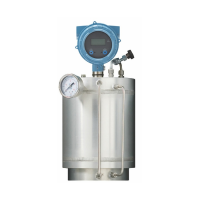
